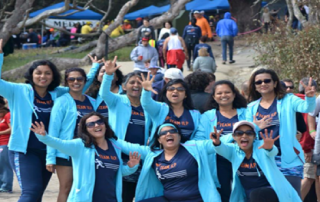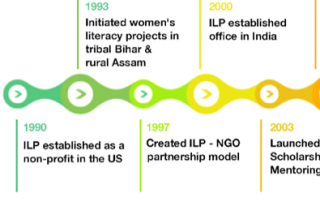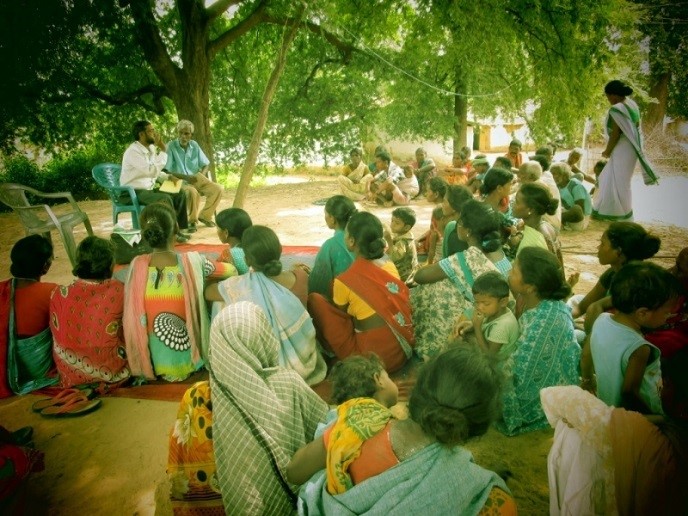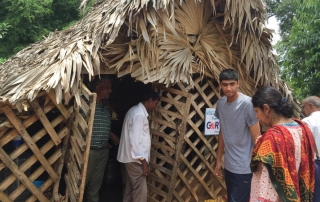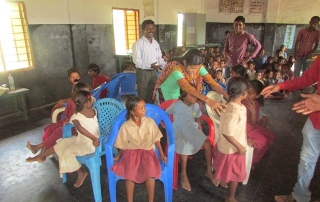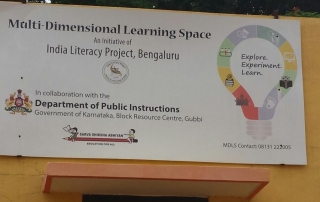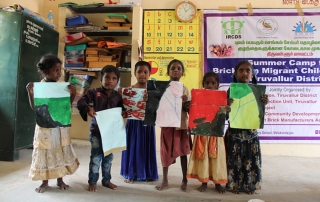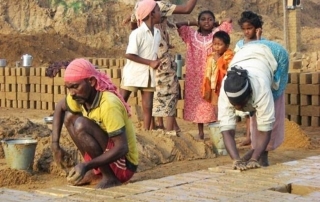ILP Relay – A Tale of Passion and Endurance
By Malini Nagarajan
This May, ILP continued it’s two decade long association with the Golden Gate Relay.The event which is organized by Organs R Us for promoting the noble cause of organ donation, provides ILP a major platform for fundraising where we strive to raise around 250K USD every year. ILP is grateful to have an army of passionate volunteers who block out their weekends to train and participate for the relay, and undertake the management of logistics involved in making this event a success.
